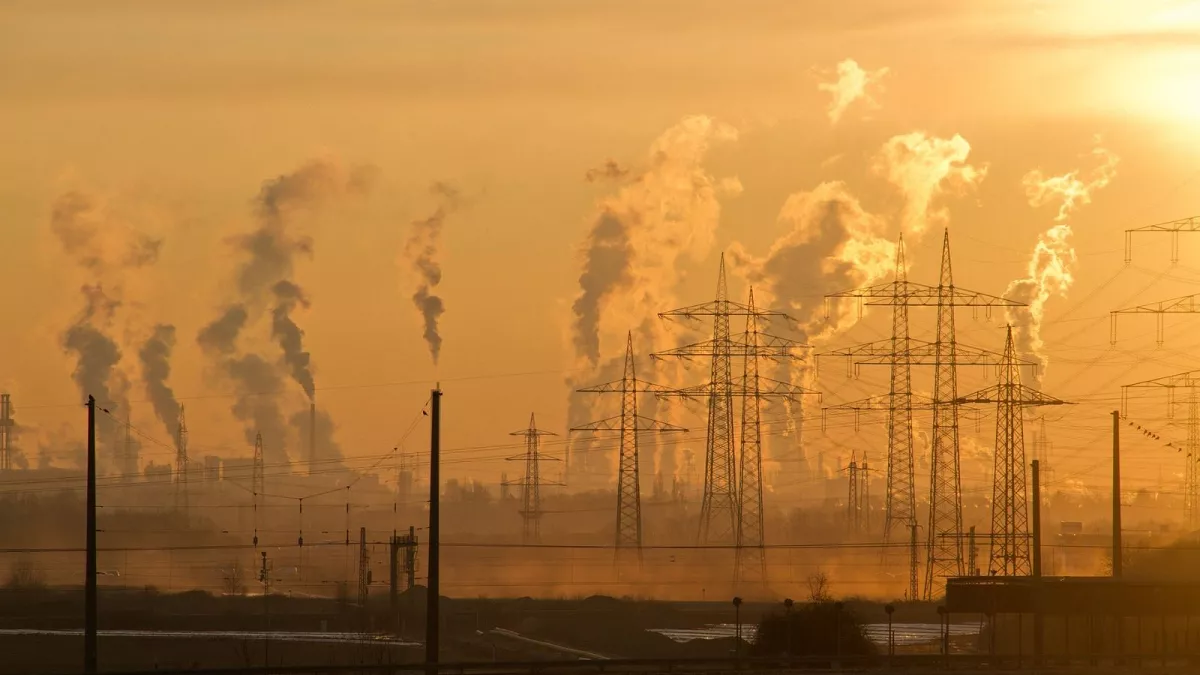
Brazil is adopting advanced tools to address its growing air pollution crisis, aiming to protect public health and meet environmental goals by 2030.
A New Era of Air Pollution Management in Brazil
The city of Rio de Janeiro now features a powerful new platform: the Air Tracker tool. Designed to analyze real-time pollution data, it identifies hotspots by cross-referencing weather patterns and pollutant levels. Public access to the tool ensures transparency and gives citizens the power to locate and report pollution sources in their communities.
State environmental officials now have a more precise way to trace the origin of air quality violations. With its advanced scientific modeling, Air Tracker offers an evidence-based approach to enforcing new environmental regulations.
We’re thrilled to announce that our Air Tracker AQ mapping tool just came online today in Rio de Janeiro, Brazil! Air Tracker’s powerful cutting edge technology can help officials and residents pinpoint pollution hotspots and better enforce Brazil’s new air quality standards.… pic.twitter.com/zet0TmK1qI
— EDF Global Clean Air (@EDFCleanAir) November 15, 2024
The country also launched MonitoAr, its national air quality management system. Developed by the Ministry of Environment and Climate Change, the platform aggregates data in real time, making it easier for state agencies to act decisively on rising pollution levels.
How Air Tracker Works?
- Data Integration: Uses scientific forecasting models to combine environmental data.
- Public Accessibility: Allows everyday users to track and report pollution events.
- Policy Support: Helps local agencies enforce air quality rules based on hard evidence.
According to Rafael Barbosa Campos, Air Quality Manager for Rio de Janeiro’s state agency, the tool accelerates detection and improves collaboration between authorities and local communities.
Key Features of MonitoAr
- Real-Time Data: Updates constantly with new pollution readings.
- Wide Coverage: Covers various Brazilian regions with synchronized information.
- Decision Support: Offers a clear picture for planning and intervention by public officials.
The Urgency Behind These Measures
Brazil continues to face environmental emergencies driven by large-scale wildfires and shifting weather patterns. In 2024 alone, over 11.3 million hectares have burned due to intensified fires made worse by urban expansion and prolonged droughts.
Smoke now affects cities like São Paulo and Porto Velho, with much of the country blanketed in haze. Residents report rising health complaints, particularly in areas closer to forested zones. In response, state and federal bodies are stepping up coordination efforts, with tools like Air Tracker and MonitoAr offering faster response capability and public accountability.
South America Is Drying Up
In August and September, huge portions of South America were shrouded in intense smoke from wildfires raging in the Amazon and other parts of Brazil and Bolivia, as #GlobalWarming increases both drought and flooding problems. https://t.co/NiokgH4TXg— Prof. Stefan Rahmstorf 🌏 🦣 (@rahmstorf) November 15, 2024
What Brazil Hopes to Achieve?
By 2030, the federal government hopes to deliver measurable improvements in public health and environmental stability. The current strategy includes transparent monitoring, public participation, and consistent enforcement across regions.
Both Air Tracker and MonitoAr align with this vision. They serve not only as data tools, but also as instruments of civic engagement. Citizens now have more visibility into their own environments, and regulators can act with greater precision and confidence.
Continued success will require steady funding, coordination between agencies, and strong public trust in the systems being deployed.
Read Next – Sustainable Food Summit Sao Paulo
References
- Environmental Defense Fund Brazil
- EDF Media Center
- Climate & Clean Air Coalition
- Ministry of Environment and Climate Change, Brazil
- National Geographic on El Niño
- Folha de S.Paulo Report on Fires
















